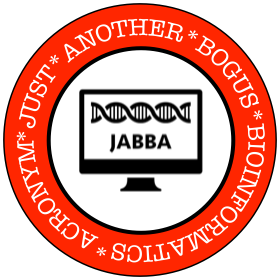CEGMA is dying…just very, very slowly
This is my first post on this blog in almost three years and it is now almost nine years since I could legitimately call myself a genomics researcher or bioinformatician.
However, I feel that I need to 'come out of retirement' for one quick blog post on a topic that has spanned many others…CEGMA.
As I outlined in my last post on this blog, the CEGMA tool that I helped develop back in 2005 and which was first published in 2007, continues to be used.
This is despite many attempts to tell/remind people not to use it anymore! There are better tools out there (probably many that I'm not even aware of). Fundamentally, the weakness of using CEGMA is that is based on an identified set of orthologs that was published over two decades ago.
And yet, every week I receive Google Scholar alerts that tell me that someone else has cited the tool again. We (myself and Ian Korf) should perhaps take some of the blame for keeping the software available on the Korf Lab website (I wonder how many other bioinformatics tools from 2007 can still be downloaded and successfully run?).
CEGMA citations (2011-2024)
When I saw that citations had peaked in 2017 and when I saw better tools come along, I thought it would be only a couple of years until the death knell tolled for CEGMA. I was wrong. It is dying…just very, very slowly. There were 119 citations last year and there have been 88 so far this year.
Academics (including former academics) obviously love to see their work cited. It is good to know that you have built tools that were actively used. But please, stop using CEGMA now! Myself and the other co-authors no longer need the citations to justify our existence.
Come back to this blog in another three years when I will no doubt post yet another post about CEGMA ('For the love of all that is holy why won't you just curl up and die!').




